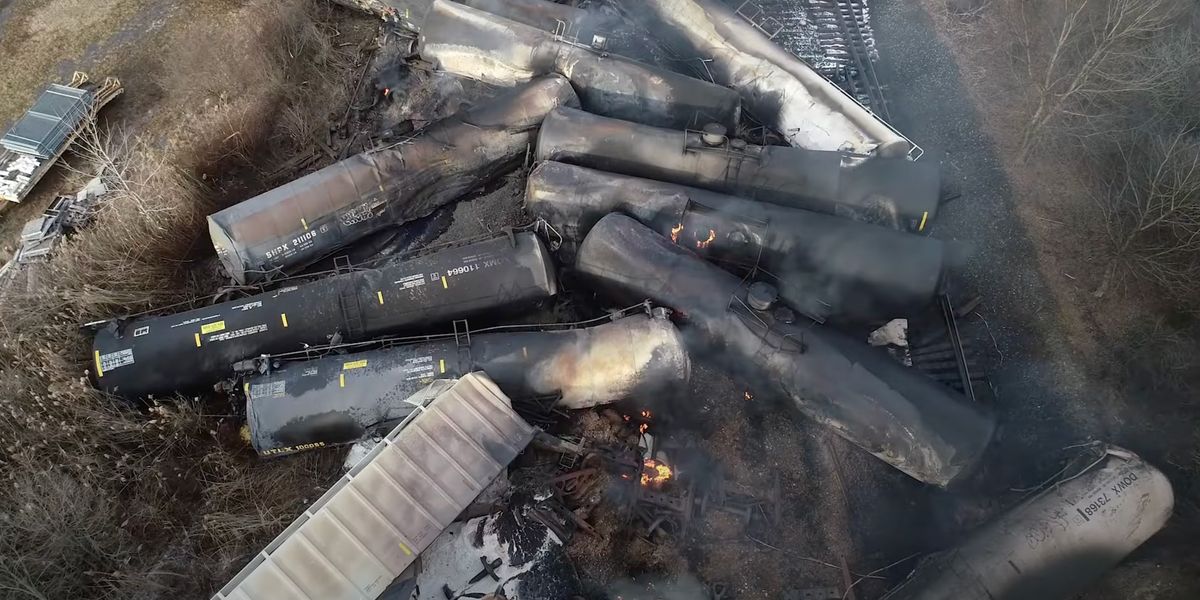The document, dated Nov. 27, adds that “just as significantly, the traditional defense contractors in the [defense industrial base] would be challenged to respond to modern conflict at the velocity, scale, and flexibility necessary to meet the dynamic requirements of a major modern conflict.”
It notes that America builds the best weapons in the world, but it can’t produce them quickly enough.
“This mismatch presents a growing strategic risk as the United States confronts the imperatives of supporting active combat operations … while deterring the larger and more technically advanced pacing threat looming in the Indo-Pacific,” the study says.
Speaking at the Reagan National Defense Forum, LaPlante said the strategy will be executed as a “partnership” with industry. For businesses to expand production capacity, they need DOD to be clear about its future purchasing needs for them to invest in new factories and R&D.
“Number one, we the governments have to show we are committed, and we’re going to be doing it in a sustained manner with getting funding,” he said. “We have to have the conversations together about what you’re going to put in for [construction] and what the government will then going to put in.”
LaPlante said the Pentagon must also show that it is “serious” about buying the prototype weapons it’s developing in large numbers.
“We’ve got to show that we’re going to production and we’re going to stick with it so that it’s worth your while,” he said.
Some who have seen the draft report are frustrated with what they perceive is a lack of hard recommendations.
One defense industry adviser called it “underwhelming,” saying it doesn’t focus on long-term solutions to supply chain issues that have plagued the defense industry.
The report notes that after the Cold War, the defense industry shrank as companies merged. Yet China has spent the past 30 years becoming a “global industrial powerhouse” in shipbuilding, critical minerals and microelectronics. China’s industry’ “vastly exceeds the capacity of not just the United States, but the combined output of our key European and Asian allies as well,” it says.
The report also points out that the Covid pandemic laid bare the supply chain’s vulnerabilities. Then Russia’s invasion of Ukraine and the Hamas attack on Israel “uncovered a different set of industrial demands and corresponding risks” as the U.S. races to produce arms to support Ukraine and Israel.
“It has become clear that insufficient production and supply capacity are now deeply entrenched problems throughout all tiers of production supply chains,” the report says.
To fix the problem, the strategy says DOD “will develop more resilient and innovative supply chains,” invest in smaller businesses and focus more on innovation.
The U.S. also has to acknowledge that not all the answers are at home. “We must solicit entrants of all types: large and small, domestic, and foreign, and those with no previous relationship to the DoD or defense production,” the report says.
“The nation needs to rally to the common defense,” the report concludes. “This NDIS is a call to both the public and private sectors for focused, dedicated efforts to build and secure the industrial capability and capacity necessary to ensure our military has the materiel available to deter our potential adversaries, and if necessary, defeat them in battle. This call to action may seem a great cost, but the consequences of inaction or failure are far greater.”




